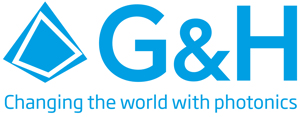G&H
Dowlish Ford
Ilminster, TA19 0PF
+44 1460 256440
Ilminster, TA19 0PF
+44 1460 256440

Company Overview
Gooch & Housego provides complete optical system design, engineering and manufacturing services to the aerospace & defense, industrial, life sciences and scientific research sectors, based upon the following key enabling photonic technologies: Acousto-Optics, Crystal Optics Electro-Optics, Fiber Optics and photonic packaging, Non-Linear Optics, Precision Optics including optical polishing and coatings, as well as light measurement instrumentation and services, spectral Imaging & synthesis.
